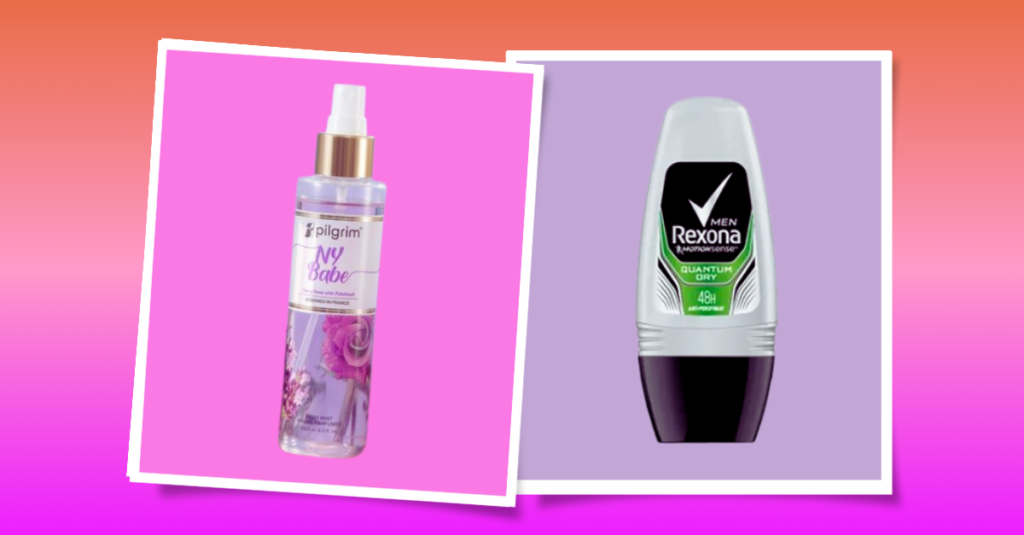When it comes to shopping for clothes, women often face the challenge of finding the right size. The frustration of trying on multiple sizes only to find that none of them fit is a common experience. But what if we told you that the problem is not entirely your fault? Welcome to the world of vanity sizing.
Vanity sizing is the practice of labeling clothes with smaller sizes than their actual measurements. In other words, a size 6 today might be closer to a size 10 in the past. This practice has become increasingly prevalent in the fashion industry, and it has significant implications for women’s body image and self-esteem.
The roots of vanity sizing can be traced back to the 1930s. At the time, clothing manufacturers began to use standard sizing charts to ensure consistency in their products’ sizes. However, these charts were based on the measurements of women who had served in World War I, who were, on average, smaller than the average woman. As a result, the sizing system was flawed from the start, and manufacturers struggled to keep up with changing body shapes and sizes.
Fast forward to the 21st century, and the situation has only worsened. Clothing manufacturers have realized that women are more likely to buy clothes that make them feel good about themselves. And what better way to do that than by labeling clothes with smaller sizes than they actually are? This practice, also known as “vanity sizing,” has become an industry standard, and it’s not going away anytime soon.
The problem with vanity sizing is that it creates unrealistic expectations of women’s bodies. It’s no secret that the fashion industry has long been criticized for promoting unhealthy body standards. Vanity sizing exacerbates this problem by creating a false sense of accomplishment for women who fit into smaller sizes than they otherwise would. This leads to a cycle of body dissatisfaction and a never-ending quest for smaller sizes.
Another issue with vanity sizing is that it makes it difficult for women to find clothes that fit properly. If a woman is a size 10 in one brand but a size 14 in another, how is she supposed to know what size to buy? This problem is especially pronounced in online shopping, where women can’t try on clothes before they buy them. As a result, women often end up with ill-fitting clothes that don’t flatter their bodies.
The problem of vanity sizing is not limited to the fashion industry. In fact, it’s a widespread issue that affects many aspects of women’s lives. For example, research has shown that vanity sizing is prevalent in the medical industry as well. A study conducted by the University of North Carolina found that women who were classified as overweight or obese according to their actual measurements were often labeled as “normal” or “healthy” based on their vanity sizes. This can have serious implications for their health, as they may not receive the medical attention they need.
So what can we do about vanity sizing? The first step is to recognize that it exists and to understand its implications. Women need to be aware that the size on the tag does not necessarily reflect their actual measurements. They should focus on finding clothes that fit well and flatter their bodies, regardless of the size on the tag. It’s important to remember that everyone’s body is different, and there’s no such thing as a “perfect” size.
Another solution is for the fashion industry to adopt a more standardized sizing system. This would require manufacturers to use consistent measurements across all brands, making it easier for women to find clothes that fit. It would also eliminate the need for vanity sizing, as there would be no incentive to label clothes with smaller sizes than they actually are.
However, implementing a standardized sizing system is easier said than done. It would require a significant overhaul of the fashion industry’s current practices, and it’s unlikely to happen overnight. But there are steps that can be taken in the meantime to address the issue of vanity sizing. For example, some retailers have begun to provide more detailed measurements for their clothes, including the waist, hips, and inseam. This can help women make more informed decisions about which size to buy.
Additionally, it’s important for consumers to speak up about the issue of vanity sizing. Women can voice their concerns to retailers and fashion industry leaders, demanding more transparency and consistency in sizing. Social media can also be a powerful tool for raising awareness about the issue and encouraging change.
In conclusion, vanity sizing is a pervasive issue in the fashion industry that has significant implications for women’s body image and self-esteem. It creates unrealistic expectations of women’s bodies and makes it difficult for them to find clothes that fit properly. While implementing a standardized sizing system would be ideal, it’s a long-term goal that will require significant changes in the industry. In the meantime, women can take steps to be more informed about their measurements and speak up about the issue to demand change. Remember, size does matter, but not in the way that the fashion industry would have us believe. It’s time to redefine what it means to be beautiful and embrace all shapes and sizes.

My name is Rohit Vagh and I’m a content writer specializing in fashion and lifestyle. I have three years of experience in this field and have written various articles. My writing style is creative and engaging, and I strive to create content that resonates with my readers. I have a deep passion for fashion and am constantly researching the latest trends and styles to make sure my readers are up to date. I’m excited to continue my career in blogging, and I’m always looking for new opportunities in the fashion and lifestyle space.





